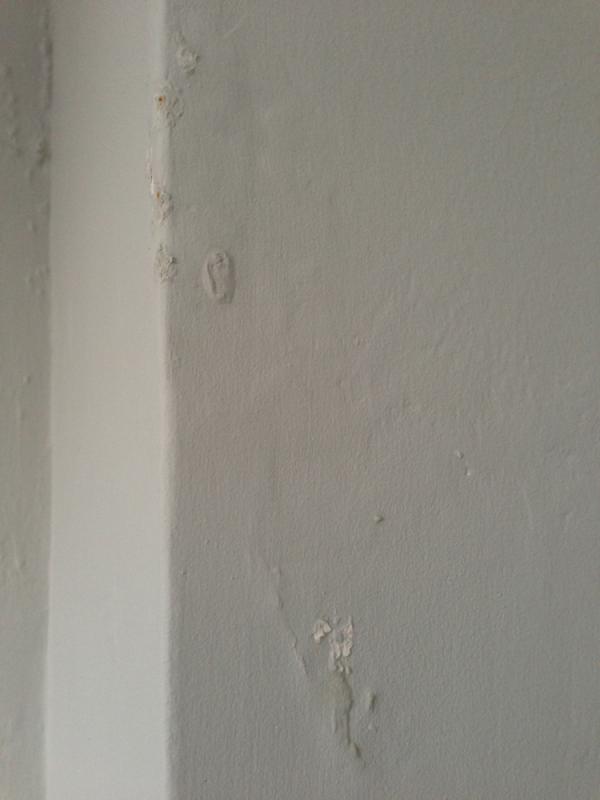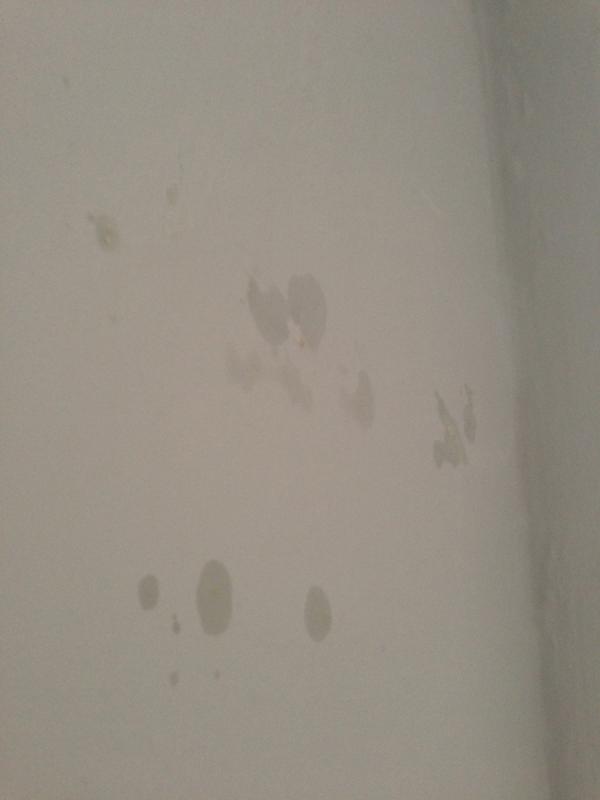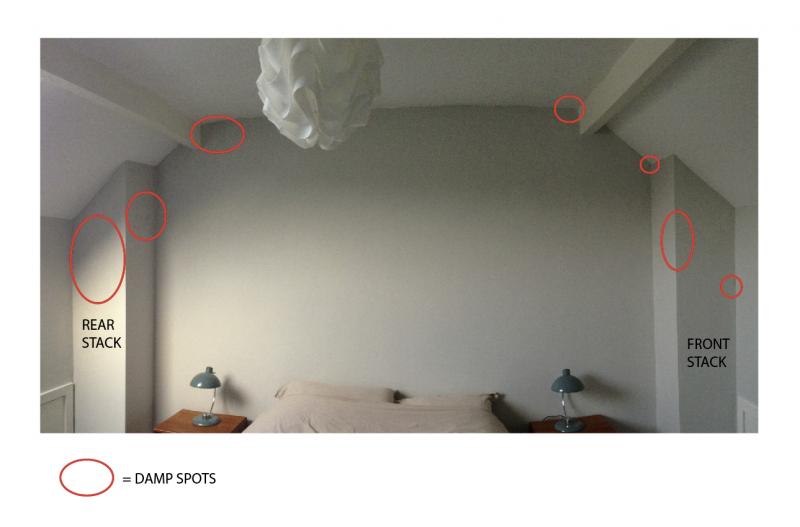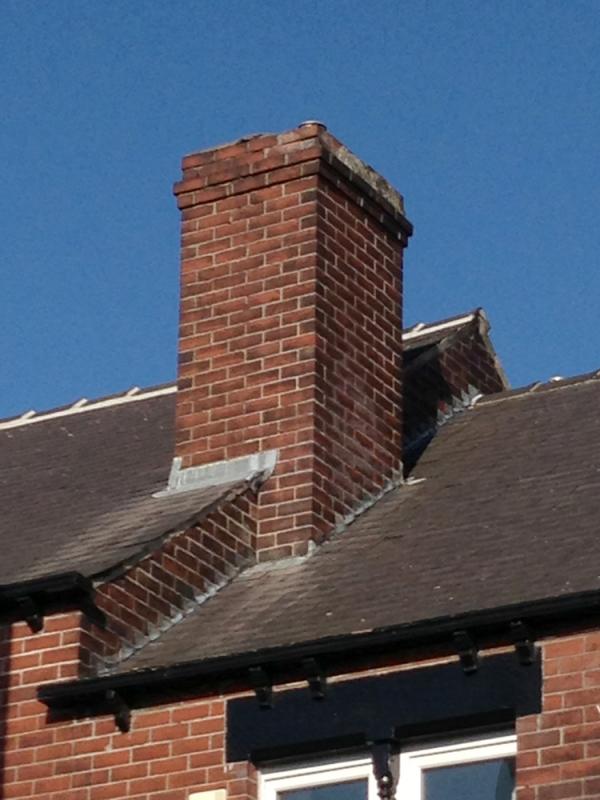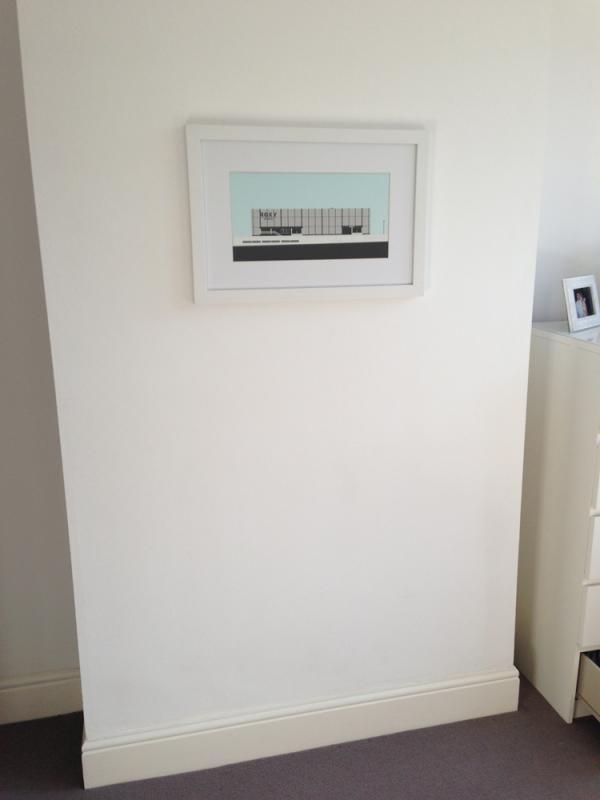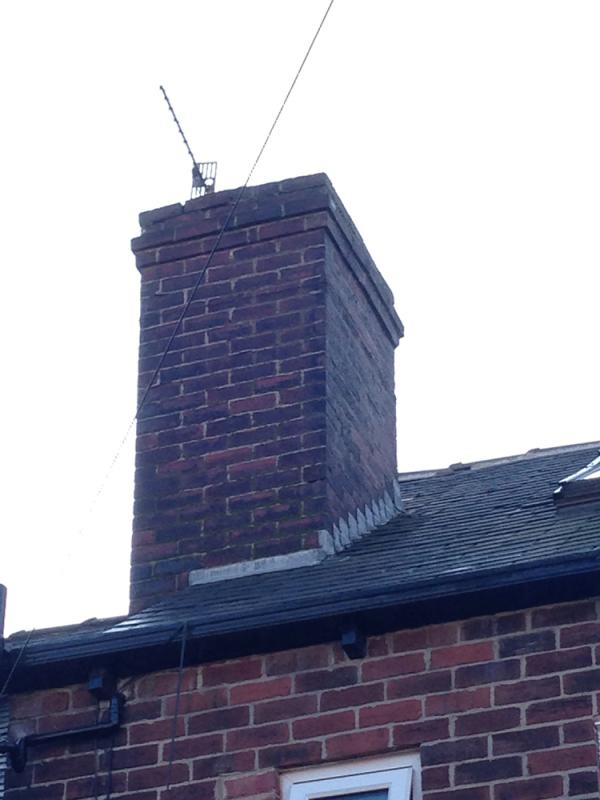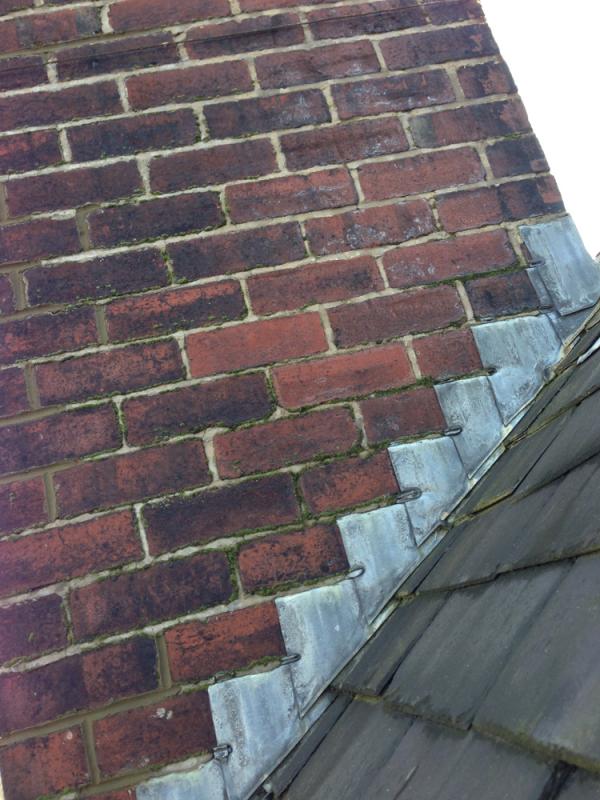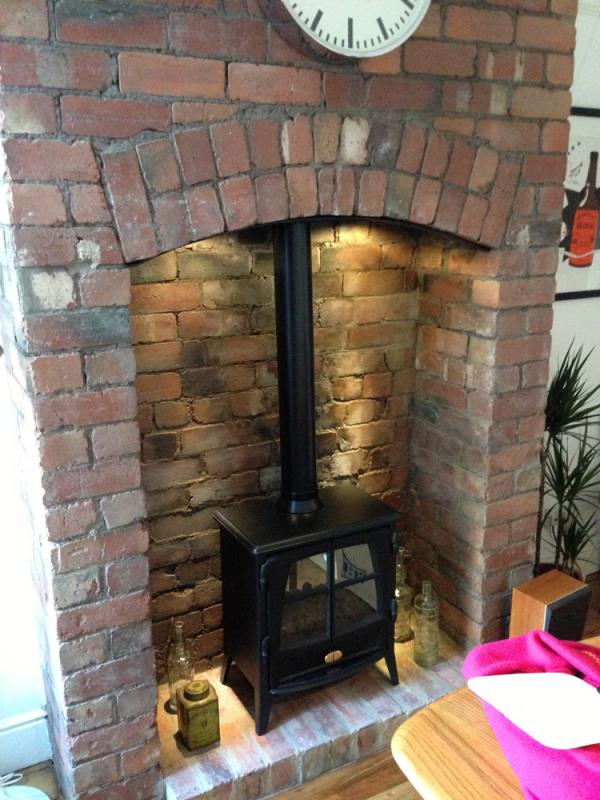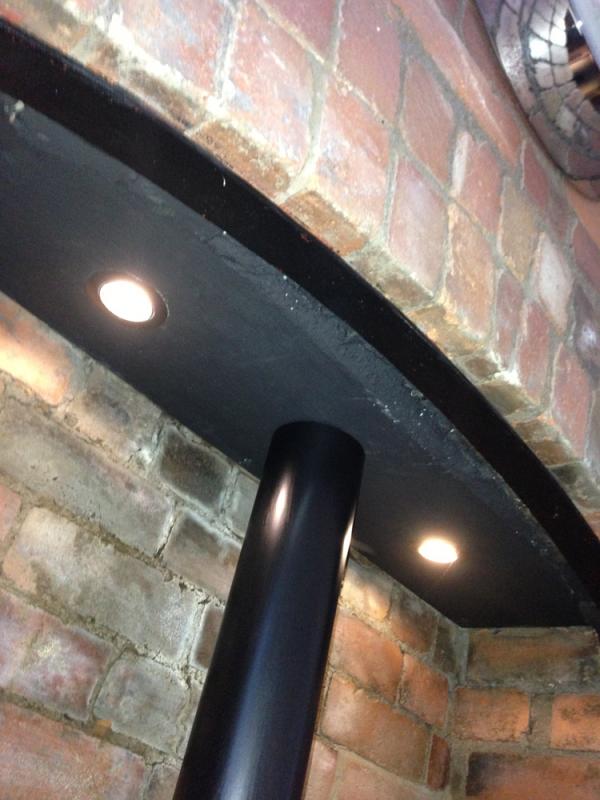Hello,
If anyone can help I would be really grateful!
We bought our first house last year and after living in it for a few months (since September) I have noticed some strange damp spots on and around the chimney breast in the top bedroom. The house is 1902 terrace and the bedroom with damp patched is on the top/3rd floor. There are various patches which I think are down to various reasons. We had the roof patched up with broken slates replaced and the chimney stack re-pointed so i'm as confident as I can be that the roof is sound. I have uploaded a few pictures so you can see where the damp patches are forming and what they look like close up. As you can see they are fairly spread out. I am not so concerned about the ones next the ceiling as I think these are down to a bit of re-pointing that needs doing on the outside wall above the neighbours roof.
The patches which i'm not sure about are the ones on the chimney breast. As you can see from the pictures, some look quite different to others, and have only become a problem since around christmas time just after I re-painted the walls.
Neither of the chimneys are currently used . The one at the front of the house (on the right) has had the fireplace removed and blocked off. The one at the back of the house has been temporarily blocked up as we had an old gas fire removed but couldn't afford to put another one in.
Do you think the damp patches are down to poor ventilation, and if I put some air vents in is this likely to solve the problem, or do you think there could be any other reasons?
Thanks in advance, Rich.
If anyone can help I would be really grateful!
We bought our first house last year and after living in it for a few months (since September) I have noticed some strange damp spots on and around the chimney breast in the top bedroom. The house is 1902 terrace and the bedroom with damp patched is on the top/3rd floor. There are various patches which I think are down to various reasons. We had the roof patched up with broken slates replaced and the chimney stack re-pointed so i'm as confident as I can be that the roof is sound. I have uploaded a few pictures so you can see where the damp patches are forming and what they look like close up. As you can see they are fairly spread out. I am not so concerned about the ones next the ceiling as I think these are down to a bit of re-pointing that needs doing on the outside wall above the neighbours roof.
The patches which i'm not sure about are the ones on the chimney breast. As you can see from the pictures, some look quite different to others, and have only become a problem since around christmas time just after I re-painted the walls.
Neither of the chimneys are currently used . The one at the front of the house (on the right) has had the fireplace removed and blocked off. The one at the back of the house has been temporarily blocked up as we had an old gas fire removed but couldn't afford to put another one in.
Do you think the damp patches are down to poor ventilation, and if I put some air vents in is this likely to solve the problem, or do you think there could be any other reasons?
Thanks in advance, Rich.
Rear (Left) stack - 2
damp 'spots' detail. Has weird white bits in centre of patches.


